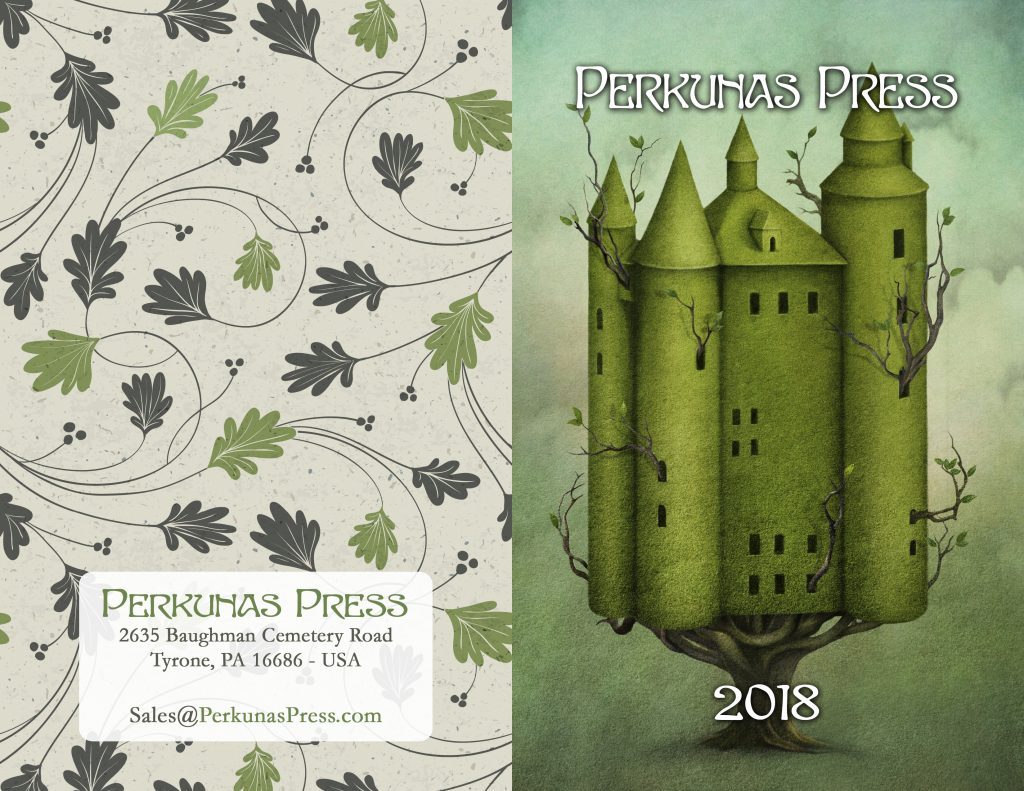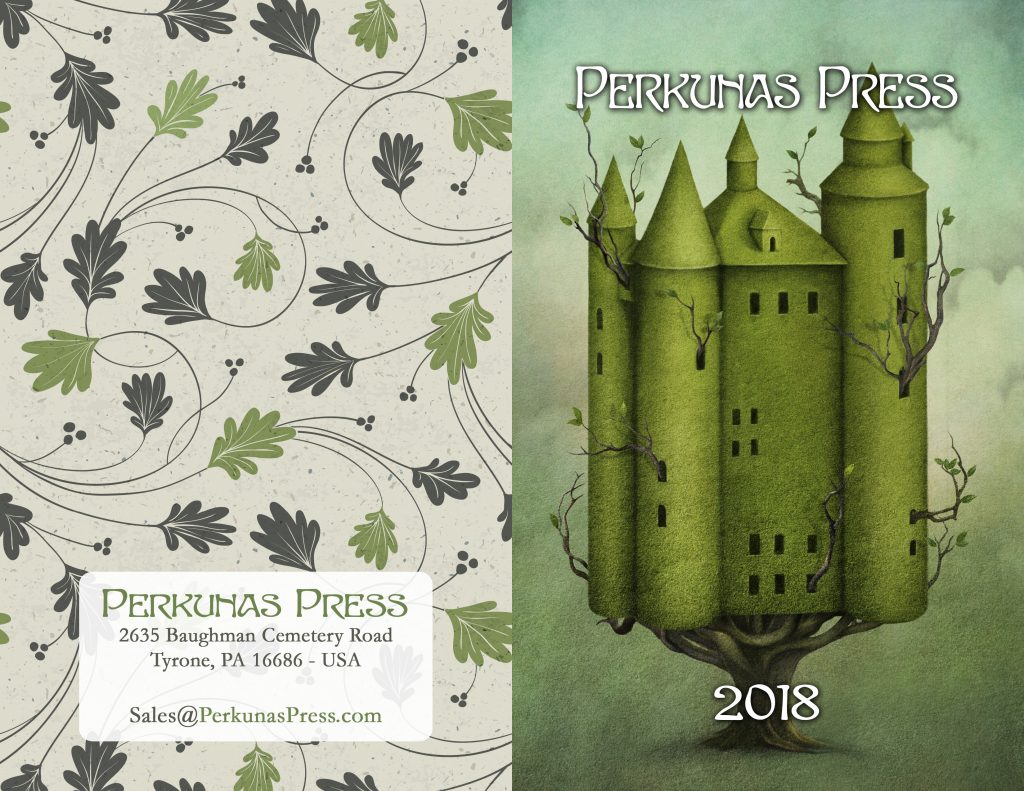
Karen Myers explains how to produce your own printed book catalogue (Photo by Sarah Dane)
As indie authors, we're so used to working online as we self-publish and promote our books that it's easy to forget sometimes that the internet is not the only means to market our books. There's also a place for low-tech methods, such as the traditional printed book catalogue that for years was the mainstay of the book trade. US novelist and ALLi Professional member Karen Myers explains how and why she's adding this route to her book marketing armoury.
In this era, it's usually enough to point people to online website book lists for details, but I'm now in talks with an “old-school” distributor, and he wants a physical catalogue. Here are some of my observations of what I've learned from my own experience of producing one, to help you get high quality results:
Minimum Print Runs
High-quality printing companies have minimum quantities (e.g., 250 units for $500) that are unsuited to an indie who adds several books per year and/or isn't mailing them out by the fistful.
Home-printing
You can print them yourself (if like me you have a background in home digital photography printing and the appropriate gear/inks). I'm researching the paper stock required. (I used to print my own Xmas cards so I have some idea what I'm in for, but at half a dozen catalogues/year, it doesn't matter much.) If you've never done digital photography printing, the quality printers are in the low-medium hundred $, the inks are relatively pricey, and the required paper stock is reasonable. You can achieve commercial “fine arts” level of product with this equipment.
Binding
You can buy saddle-stitch staplers that can handle large enough page counts (e.g., 24-30 for me, one full-page spread per book). Here's one for $140: https://www.amazon.com/Rayson-SH-03-Manual…/dp/B01KWKSM48/
Financial Considerations
If you had to invest in all the gear at once, instead of buying 250 for $500, like above, then you would spend for your first catalogue about what you could get 250 for. On the other hand, if your catalogue changes frequently, you'd be much better off doing it yourself.
Economy of Scale
A lot of the challenge for indies is stepping up to a task where trad publishers have got a very different scale, like inventory management or mass mailings. The indie version of inventory management is POD, and we don't really do mass (physical) mailings (unless we piggyback on a broadcast Ingram catalogue offering or something similar).
But our partners, like specialist distributors and bookstores, who have no particular motive to change their methods of book discovery, look for the sorts of communications that the trad publishers make with them and, if we want to be taken seriously, we need to find a way to step up accordingly.
Adapting to Change
I did a mass mailing a few years ago to bookstores, when I had many fewer books: 700 flyers, no responses. In this period of gradual industry transition to new methods, I think the better approach is to find a way of doing limited printing quantities for very targeted needs.
If you have frequent content changes to your catalogue (new books, translations, formats, etc.) or broad but differentiated markets (eg Joseph Alexander's multinational music books), it's difficult to justify the minimum quantities that mass printers require for economic value.

The beautiful front cover of Karen Myers' printed catalogue of her self-published books
Design Matters
You have to design the catalogues whatever method you use for printing. Simply printing them as one-offs, like doing Christmas cards at home with photographic printers, isn't that difficult for low volumes. And it's a useful thing to have around for unexpected commercial visitors at book fairs, or available to mail to someone commercial who contacts you.
As I'm just branching out into multiple imprints and other authors, this also gives me a way to present the entire business appropriately.
Read in more detail about Karen Myer's catalogue production process over on her blog: https://hollowlands.com/2018/
OVER TO YOU If you produce your own book catalogue, do you have any tips to add to Karen's guidelines?
#Indieauthors - like to have a printed catalogue to help you market your #selfpub books? These top tips by @HollowLandsBook show you how - and it's cheaper and easier than you might think! Share on XOTHER USEFUL POSTS ABOUT BOOK MARKETING
From the ALLi Author Advice Center Archive





Thanks for sharing this information!